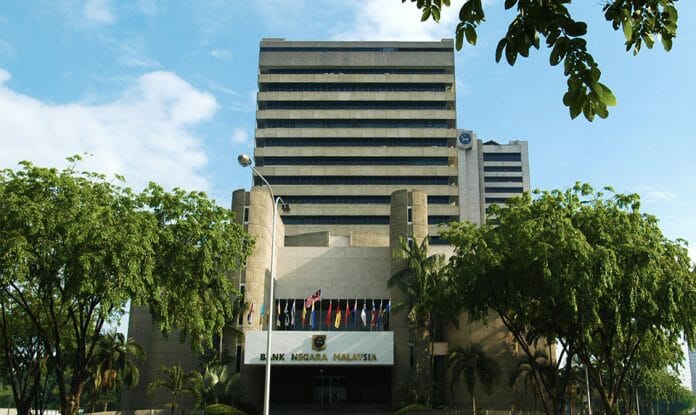In an unexpected move, BNM decided to increase the OPR rate by 25 basis points to 3.00 percent after its meeting with the Monetary Policy Committee. The ceiling and floor rates of the corridor of the OPR correspondingly increased to 3.25 percent and 2.75 percent, respectively.
In a statement, the MPC gave the reasoning behind the rate increase, noting that global economy continues to be driven by resilient domestic demand supported by strong labour market conditions, and a stronger-than-expected rebound of China’s economy. However, the global economy continues to be weighed down by elevated cost pressures and higher interest rates. It added headline inflation continued to moderate, but core inflation has persisted above historical averages. For most central banks, the monetary policy stance is likely to remain tight. The growth outlook remains subject to downside risks, mainly from an escalation of geopolitical tensions, higher-than-anticipated inflation outturns, and a sharp tightening in financial market conditions including from further stress in the banking sector.
For the Malaysian economy, the latest developments point towards further expansion in economic activity in the first quarter of 2023 after the strong performance in 2022. While exports are expected to moderate, growth in 2023 will be driven by domestic demand. Household spending remains resilient, underpinned by better labour market conditions as unemployment continues to decline to pre-pandemic levels. The pickup in tourist arrivals is expected to lift tourism-related activities. Further progress of multi-year infrastructure projects will support investment activity. Domestic financial conditions also remain conducive to financial intermediation, with no signs of excessive tightening affecting consumption and investment activities. Risks to the domestic growth outlook are relatively balanced. Upside risks mainly emanate from domestic factors such as stronger-than-expected tourism activity and implementation of projects including those from the re-tabled Budget 2023, while downside risks stem from weaker-than-expected global growth and more volatile global financial market conditions.
As expected, headline inflation trended lower in recent months on account of moderating cost factors. Both headline and core inflation are expected to moderate over the course of 2023, averaging between 2.8% – 3.8%. However, core inflation will remain at elevated levels amid firm demand conditions. Existing price controls and fuel subsidies will continue to partly contain the extent of upward pressures to inflation. The balance of risk to the inflation outlook is tilted to the upside and remains highly subject to any changes to domestic policy including on subsidies and price controls, financial market developments, as well as global commodity prices.
With the domestic growth prospects remaining resilient, the MPC judged that it is timely to further normalise the degree of monetary accommodation. It also has decided to withdraw the monetary stimulus intended to address the COVID-19 crisis in promoting economic recovery.
MPC said in light of the continued strength of the Malaysian economy, it also recognises the need to ensure that the stance of monetary policy is appropriate to prevent the risk of future financial imbalances. At the current level, the monetary policy stance is slightly accommodative and remains supportive of the economy. The MPC said it will continue to ensure that the monetary policy stance remains consistent with the outlook of domestic inflation and growth.









